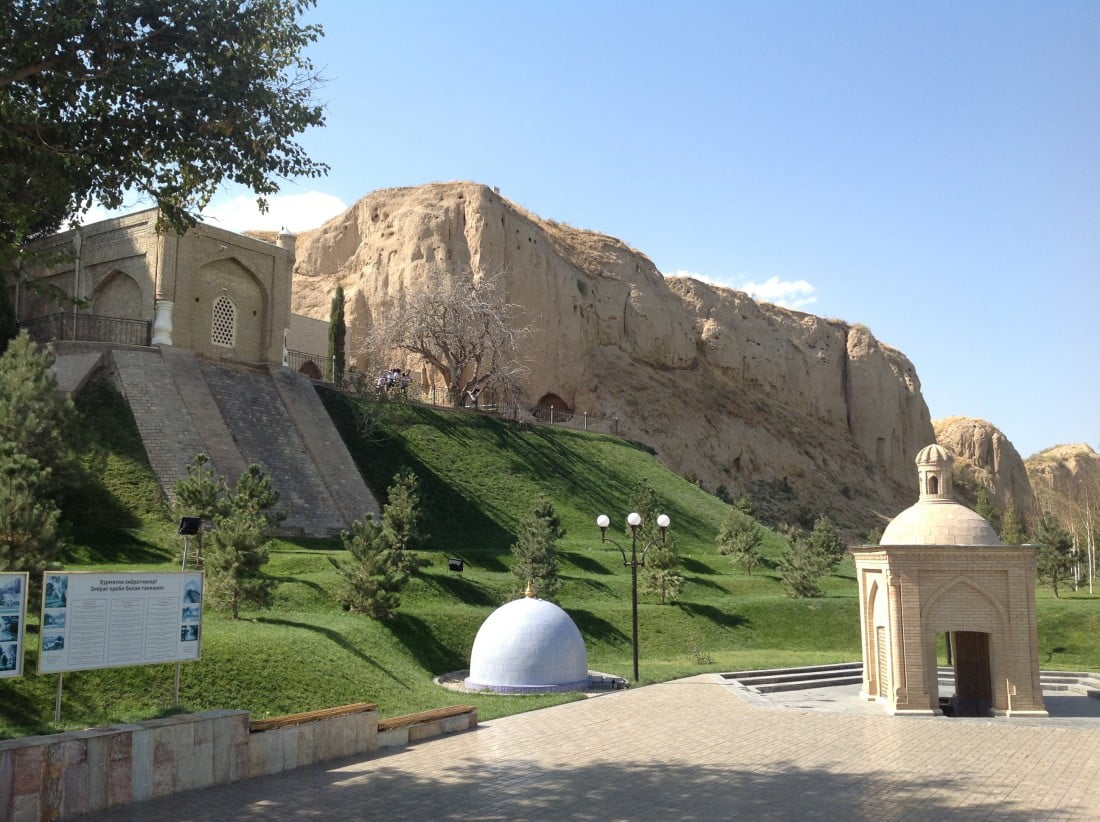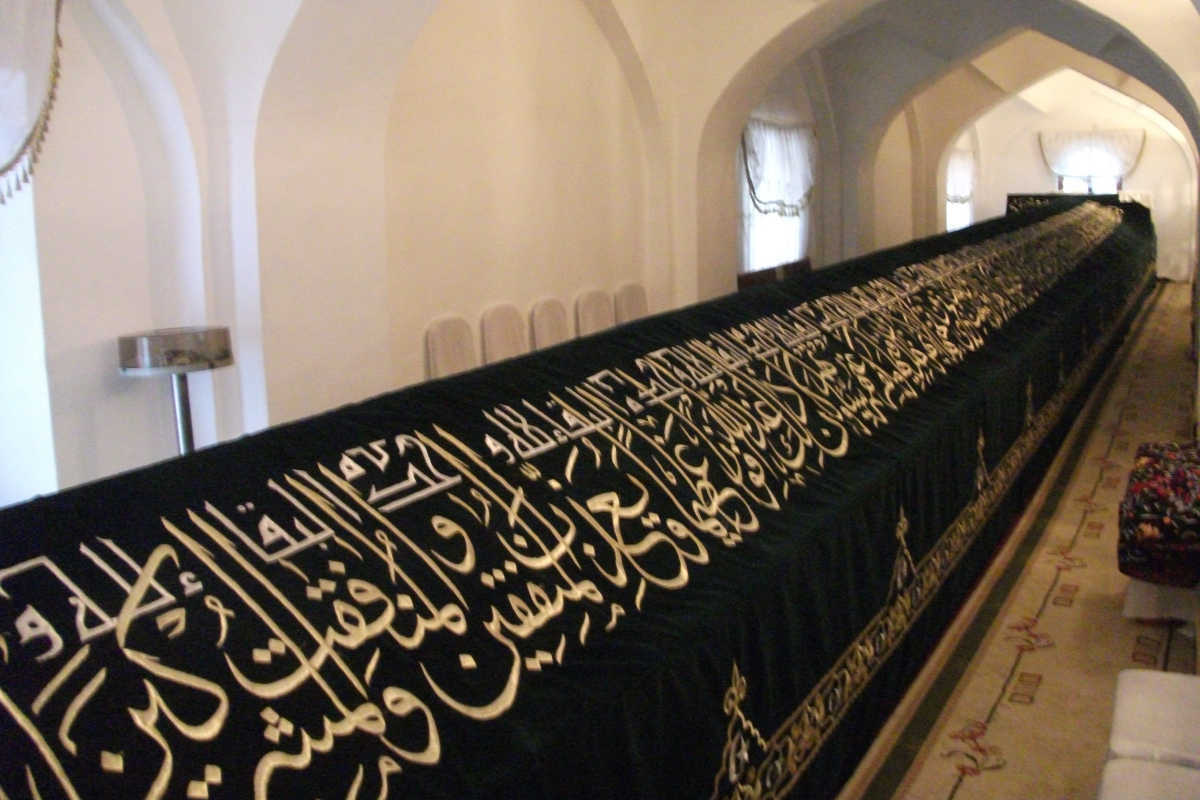Samarkand - Mausoleum of St. Daniel
The Mausoleum of St Daniel (Daniyar) in Samarkand is a unique burial place of the saint, who is venerated in three world religions: Judaism, Islam and Christianity. It is located on the high hill of Afrosiab, on the outskirts of Samarkand, off the coast of the Siab River. Muslims call him the prophet Khodja Daniyar, the Jews call him the prophet Daniel, and in Christianity he is known as the prophet Daniel.

In the Jewish religion, the prophet Daniel was a close associate of the Babylonian King Nebuchadnezzar for his success in science, art and wise interpretation of dreams, which brought him fame. In his old age, the prophet moved to the ancient city of Susa, where he died and was buried in the royal mausoleum.
Islam has its own version. The Prophet Hoja Daniyar is considered to be an associate of Kusam ibn Abbas, known as the cousin of the Prophet Muhammad. During the military campaign of Amir Temur to Asia Minor, the arriving army was unable to conquer the city of Suza. Local wise men told the surprise invader that the city was protected by the remains of St. Daniel. Amir Temur went to the saint’s tomb to take a handful of the holy land and bring it to Samarkand. On the way home, however, a caravan of camels suddenly stopped near the city. It was a sign from above and there they decided to build a Mausoleum.
After the mausoleum was built, the tomb began to grow over the years and reached a length of more than 17 metres (about 18 metres), according to legend. The Mausoleum of St Daniel was regularly completed and extended, and right at the beginning of the XX century a long rectangular building of the Mausoleum with a chain of five low domes was built above the tomb of the Prophet.

Inside the Mausoleum there is a long Dakhma in which the Prophet is buried. On the grounds of the Mausoleum Complex there is a spring, which is considered to be healing and holy. Many pilgrims drink water from this spring in the hope of healing their illnesses or simply being sanctified. In addition, an Aywan (summer terrace) for prayer was built on the territory of the Complex.
In 2001, the city of Samarkand and its historical architectural and archaeological monuments, including the Mausoleum and the Khoja Doniyor Complex, were included in the UNESCO World Heritage List under the name “Samarkand – Crossroads of Cultures”.
